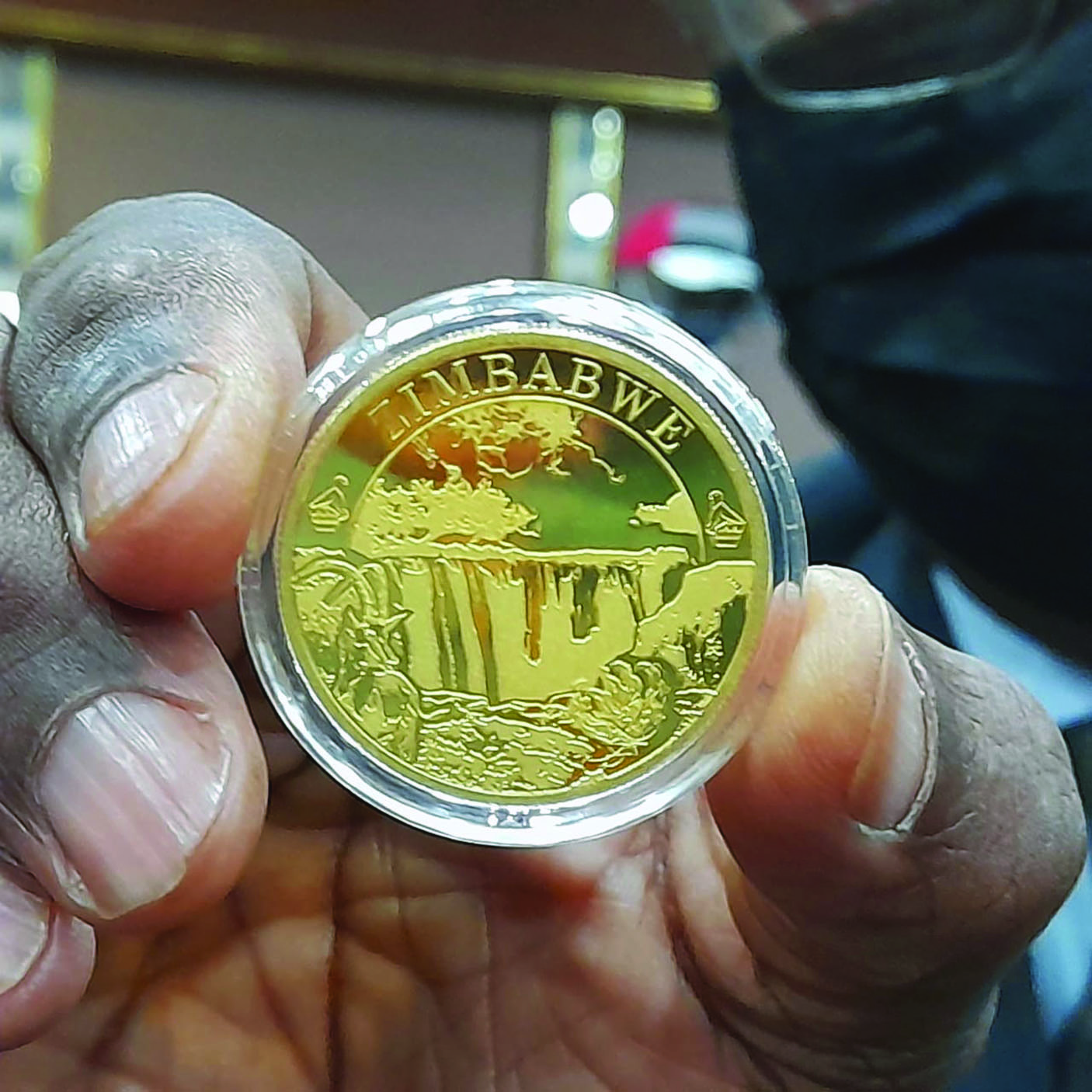
By Respect Gwenzi ON the auction market, the local unit continued to lose but at a stable rate. The Zimbabwean dollar lost 3,19% taking its cumulative loss year-to-date to 74%.
The average weekly loss since June is 3,8% and the highest weekly loss was 33% incurred in May soon after the government allowed the auction rate to mirror the interbank rate. The year-to-date loss, shapes up to the worst annual performance since the end of dollarisation.
The interbank rate which used to inform the auction rate has, however, become less consequential as a market maker given its low volumes of trade.
The interbank accounts for a bare 2% of total value of foreign currency payments/transactions on the local financial system.
A major highlight in auction market trades this week is the year-to-date loss. At 74% the year-to-date loss is now at par with the full year loss in the worst years post-dollarisation, that is, in 2019 and 2020.
In the respective years, the Zimdollar lost about 75% in each of the years resulting in another hyperinflation.
After the massive currency devaluation, inflation rose to a post dollarisation high of 820% in 2020.
After considering the impact of gold coins, we still hold the view that currency instability will remain unresolved in the near term.
- Chamisa under fire over US$120K donation
- Mavhunga puts DeMbare into Chibuku quarterfinals
- Pension funds bet on Cabora Bassa oilfields
- Councils defy govt fire tender directive
Keep Reading
However, gold coins have an ability to help mop up excess liquidity in the short term. The RBZ will have to provide details on the uptake rate of the coins.
Assuming that a batch of 2 000 coins is pushed on a weekly basis, it would imply that an average of ZW$1,6 billion is being wiped out and that significantly reduces money supply. The cost is that more coins have to be minted in record time and this involves higher gold input. Our view of stability is enshrined in mid-to-long term horizons and hence achieving short-term stability is not sufficient to guarantee mid-to-long term stability.
It is the underlying drivers that guarantee stability which matter. The extent of stability is best measured at the point where the first batch of coins issued is up for sale that is in six months.
A likely scenario is that the government will be overwhelmed by payments at the point where most coins become eligible for trade (six months) and at this point it may either increase the 5% premium to 20% or lengthen the vesting period or settlement period so as to manage due payments.
Typically, this is how gold coins are priced.
The premium beyond the spot price is informed by coin specific fundamentals which in turn drive demand and supply.
There is, therefore, no limit to the premium that can accrue above the spot price.
Internationally, the top cap is 5% and this is usually for the most demanded coins.
Most coins sell at prices of about spot price plus 2%. If at month six the government realises that the currency has not yet stabilised and that a huge premium still prevails between the auction rate and the parallel market, increasing the premium from 5% upwards is a possible move.
This will be done to manage demand as well as to reduce arbitrage and subsidy.
Out of this first batch, RBZ will have to commit US$36 million and the cost increases as more issues are made.
This adds pressure to the already strained forex position as evidenced by rationed forex on the auction. This scheme is tantamount to that of the TBs issuance, only that the gold coins cannot be rolled over nor will the payments (settlement of disposals) be made in ZWL, as a default for investors.
This puts RBZ in a fix as most holders will angle for USD cash at the point of the vesting period elapsing. If unmanaged, the situation may worsen at least in six to seven months’ time given the arbitrage inherent in the scheme.
- Gwenzi is a financial analyst and MD of Equity Axis, a financial media firm offering business intelligence, economic and equity research. — [email protected]











